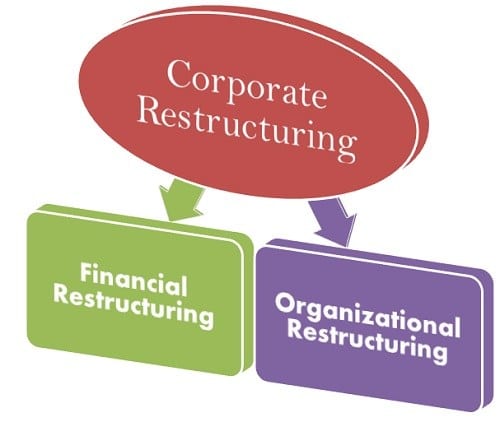Leveraged Buyout model can be understood easily with a renowned case.
An important landmark in the Indian corporate history was the acquisition of the iconic Tetley brand by the Tata Global Beverages(formerly known as Tata Tea) in the year 2000.The deal was sealed at a stupefying amount of £ 251 million. This deal is considered to be the biggest and most successful leveraged buyout in India.
Tata Global beverages, a subsidiary of the Tata Company, is the world’s 2nd largest manufacturer and distributor of tea. It is one of India’s first multinational companies having multiple global brands such as Tata Tea, Good Earth Teas and Tetley, to name a few.
Established by Joseph and Edward Tetley in 1837, Tetley is considered to be the pioneer of tea bags. In 2000, Tata Global Beverages acquired Tetley by outbidding conglomerates such as Sara Lee. The deal also marked the transformation of Tata Global Beverage from a plantation company to an international consumer product company. Today, Tetley contributes for around more than two-third of Tata Tea’s turnover and acts as the company’s global face.
A leveraged buyout is an acquisition of a company by another company, primarily using debt, to finance the cost of acquisition. A leveraged buyout is usually carried out with the motive of taking a public company private, going out for a major restructuring in order to bolster growth and profitability of the company.
The Tata Tetley – leveraged buyout was carried out via a Special Purpose Vehicle (SPV). A special purpose vehicle is an entity that is floated by the acquiring company to initiate the process of acquisition. The special purpose entity uses equity and leverages the equity base (use of debt) to finance the cost of acquisition. The debtholders are paid off by the cash flows generated by the company.
In the case of Tata Tetley, Tata floated an SPV named Tata Tea (Great Britain) to complete the acquisition. The SPV was able to capitalise £ 70 million of which Tata Global Beverages contributed £ 60 million. Using leverage the company was able to raise a debt of £ 235 million.
The debt of £ 235 million was divided into four tranches ( A, B, C and D) .Tranches A, B, and C were senior term loans, tranch D was a revolving loan that took the form of recurring advances and letters of credit. Of the four tranches A and B were meant for funding the acquisition, while C and D were meant for capital expenditure and working capital requirements.
The £ 235 million was funded in the following manner:
- Netherlands based Rabobank had provided £ 215 million.
- Venture capital funds, Mezzanine and Shroders contributed £ 10 million each.
This mechanism allowed Tata Global Beverages to minimise its cash outflow. Leveraging allowed Tata Global Beverages to acquire Tetley at a price tag which was four times the net worth of the company. Moreover, the liability of Tata Global Beverages was limited to the amount of equity provided by it.
The Tata Tetley deal proved to be a win-win situation for both the companies. As a result of the deal, Tetley was able to get access to Tata Global Beverage’s tea gardens. It got an easy access to the Indian markets, which is considered to be the fastest growing market for FMCG goods. It helped Tetley to reduce its cost of production since both skilled and unskilled labour was available at cheaper rates.
Tata Global Beverages was able to make its presence felt worldwide. It got an access to Tetley’s technical expertise which helped it to reduce its cost and improve its efficiency. Following the deal Tata Global Beverages also updated its product portfolio and increased its competitive position throughout the world.
For more details on leveraged buyout analysis you can contact The Buzz Stand






